New generation Hyundai Creta review
Material content
Hyundai Creta: when will it be released in Russia?
The latest news about the local premiere of the Hyundai Creta 2022 model year in Russia indicates that pre-orders for new cars will begin to be accepted at dealerships at the end of summer.
Representatives of the plant said that the first cars of the new generation will go on sale around the end of summer. By this time, prices for new Cretes will also be announced. It is quite logical that with the improvement of equipment, the model will rise in price, although at first the manufacturer will continue to sell the still-produced first-generation cars. The current price is from 1.127 million rubles for the initial level of equipment.
A month before the premiere, there is still no information about prices, but they will objectively have to be higher than the existing ones: from 975,000 rubles for the basic version 1.6 2WD MT6 in the Start package to 1,500,000 rubles for the 2.0 4WD AT6 modification with the Style package.
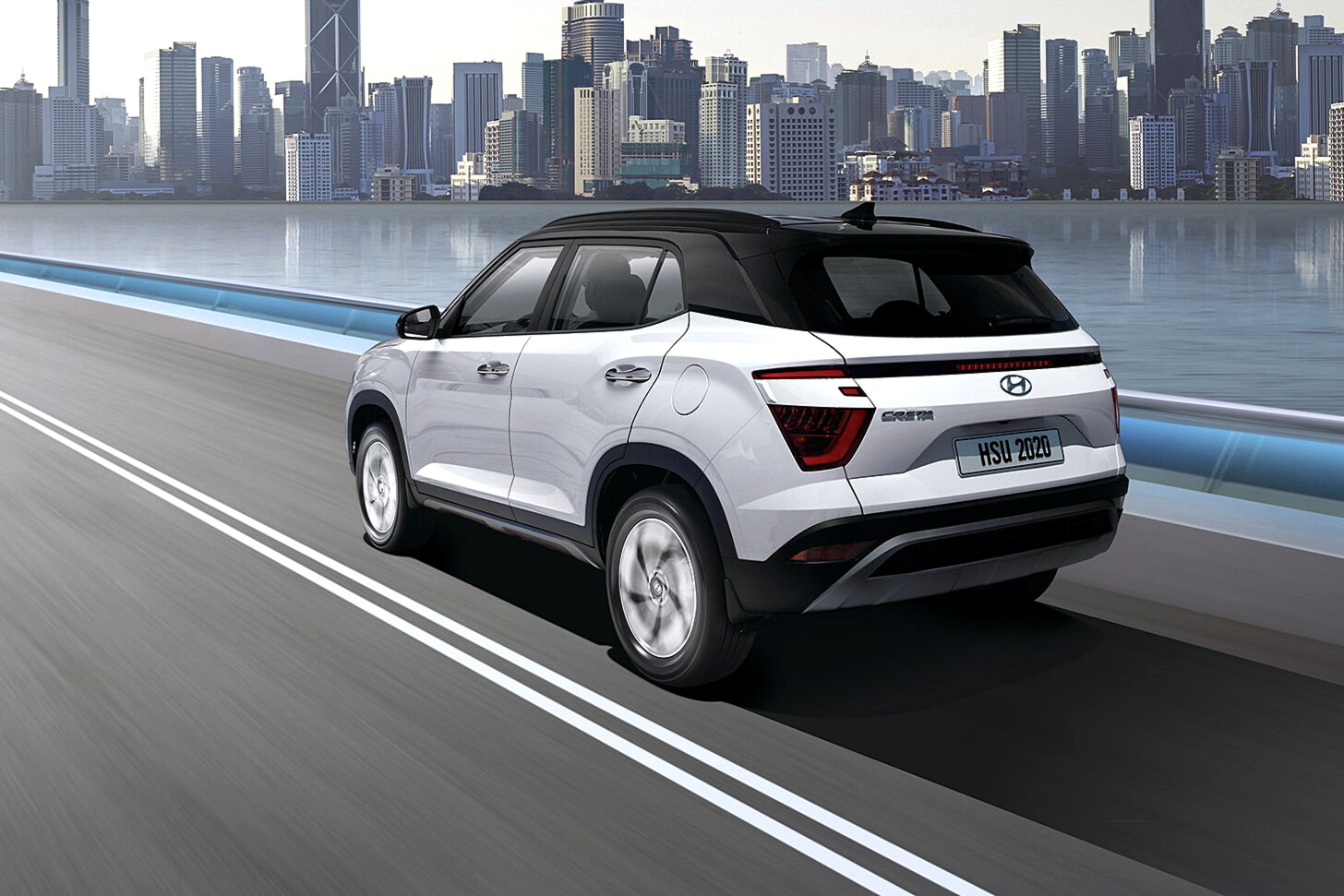
Video
Options and prices
As of February 2022 Hyundai Creta is offered in 6 modifications:
- Prime, available only with a 1.6-liter engine and priced from 1.39 million rubles. for the version with front drive wheels;
- Classic, featuring an extended package of winter options and also available with a 2-liter engine (price from 1.42 to 1.545 million rubles);
- Family, equipped with alloy wheels and leather trim parts in the cabin, the price starts from 1.56 million rubles;
- Lifestyle, which features an expanded set of security options and has a price of 1.665 million rubles;
- Prestige, available only with a 2-liter engine and priced from 2.06 million rubles;
- limited Smart with an extended set of security options, offered with a 2-liter engine and having a price of 2.15 million rubles.
The manufacturer offers buyers of Hyundai Creta option packages to increase the level of comfort or safety. The price of packages varies from 24 to 119 thousand rubles. For the Prestige version, the only additional option is provided – interior trim in dark brown artificial leather (the price is 30 thousand rubles).

No surprises
However, despite the futuristic design, practically nothing has changed on the technical side: no turbines, no “robots”. Under the hood, there are still only atmospheric gasoline engines, well known from the previous Creta. The base version has a 1.6-liter Gamma (123 or 121 hp depending on the type of drive), and a two-liter 150-horsepower engine is offered as an alternative. The first can be combined with both a 6-speed “mechanics” and a 6-band “automatic”, and only an automatic transmission relies on a 2-liter engine. Drive – front or full, plug-in. Depending on the number of driving wheels, the type of rear suspension also changes: for mono-drive it is a semi-dependent beam, for 4WD it is a “multi-link”. Ground clearance – 190 mm.
Humble and to the point
The Russian Creta has become lower by 10 mm (height has been reduced to 1620 mm) and the same 10 mm wide (1790 mm) has been heard. And of the 30 mm added to the length (the size increased to 4300 mm), two-thirds went to the wheelbase (2610 mm). And yet the second row did not come out radically more spacious. Yes, with a height of 185 cm, I calmly fit “by myself”, without experiencing unpleasant embarrassment either in the feet, or in the knees, or in the head area (and this despite the presence of a panoramic roof in a particular presentation car). However, the next in rank Tucson “Crete” is still very far from the royal freedom. Subordination.

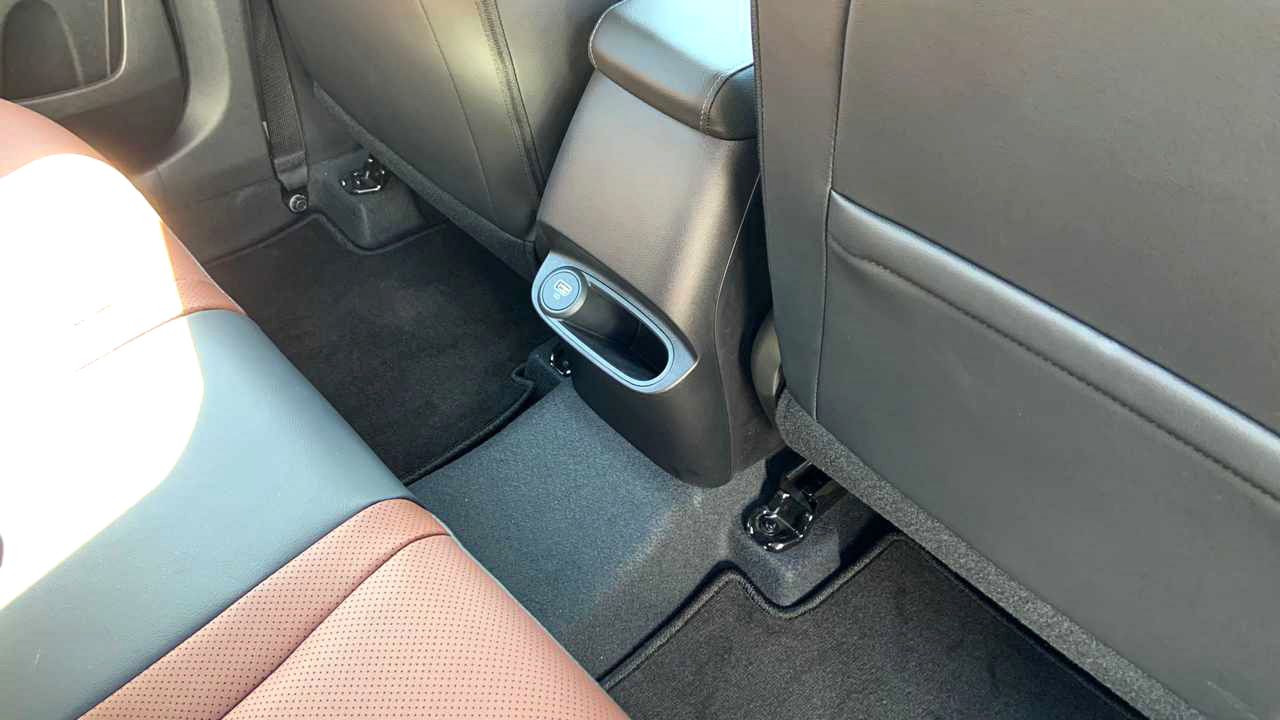

Plus, when assembling the junior crossover, the Koreans went for a trick. It seems that the back of the sofa has been pushed back more – not all passengers will like such an imposing landing, and it is impossible to adjust the slope. On the other hand, Crete lacks undeniably useful details: I note an almost flat floor, two-stage heating, a folding armrest with cup holders, a pocket for small change and a USB slot.
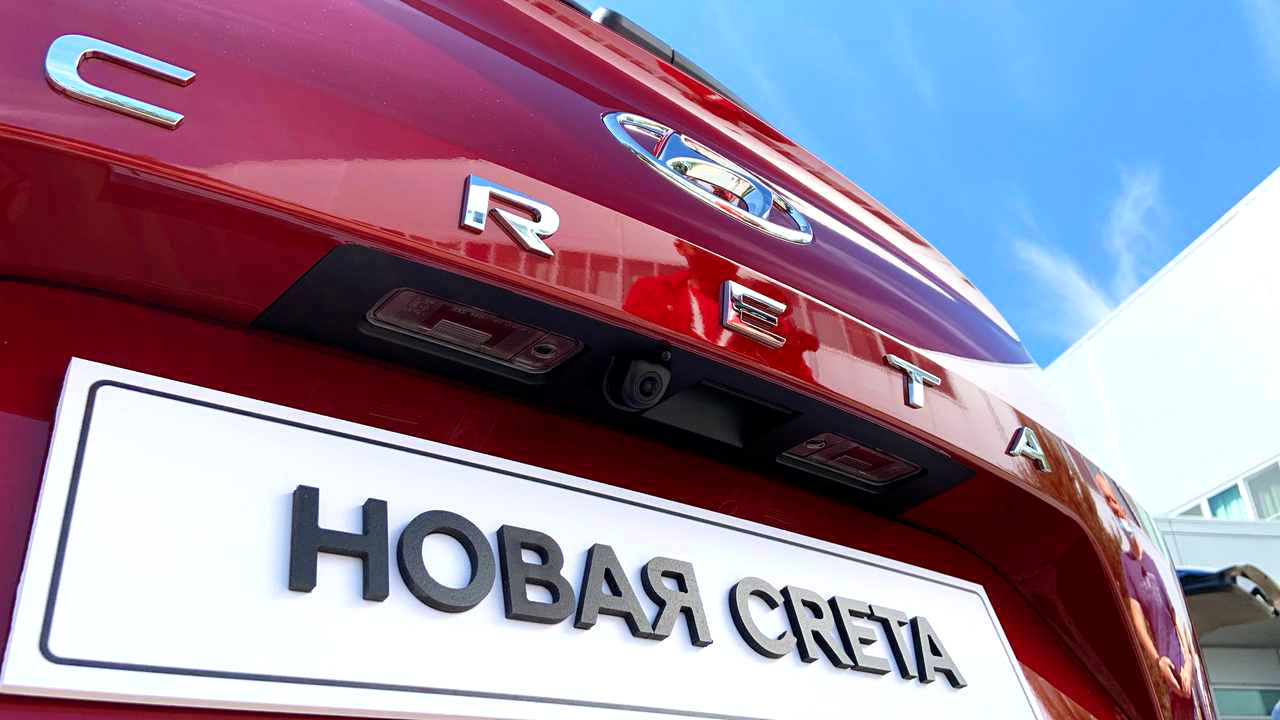
The rear view camera received a washer.
The trunk has become more capacious (the volume has been increased to 433 liters), the configuration of the compartment will be considered familiar by the crete drivers. On the left, they arranged a niche with elastic lifting straps, a little higher – a 12-volt outlet. Under the floor there is a voluminous “trough”, ready to accommodate not only a “stowaway”, but also a full-size spare wheel plus something else like a tow rope or an emergency stop sign. On the right wall is the grille of one of the eight speakers of the optional Bose audio system.

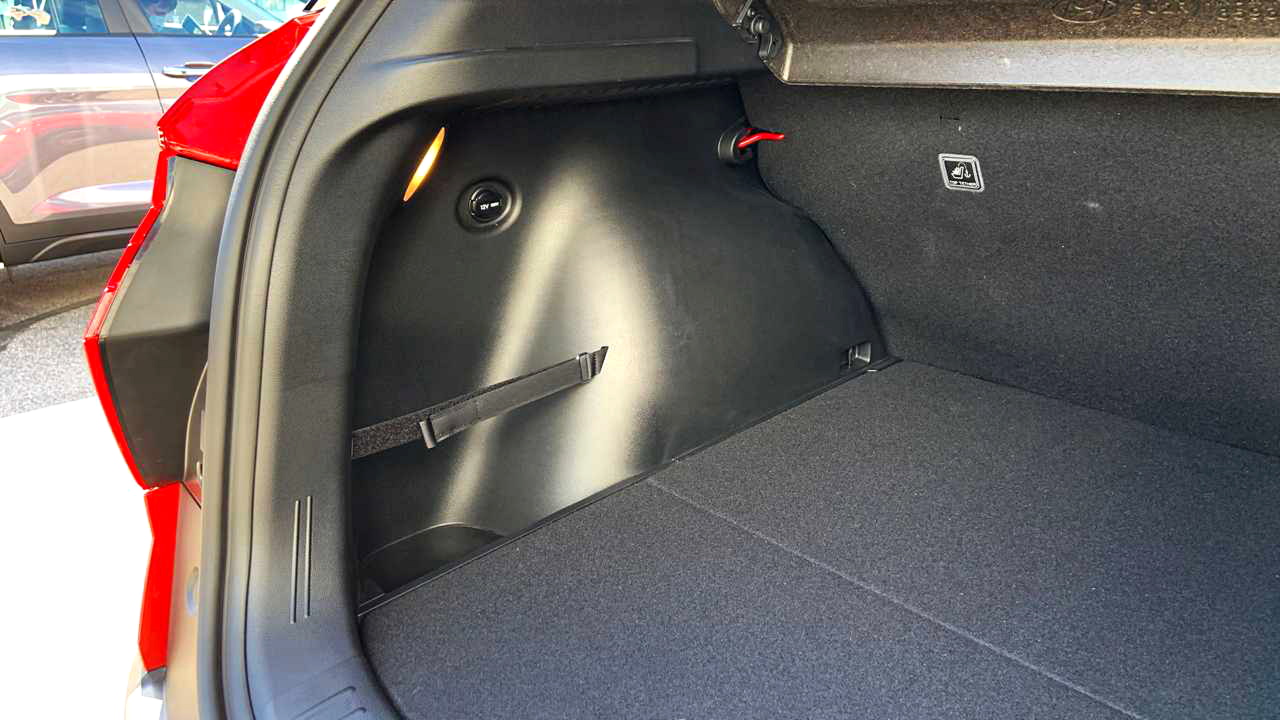
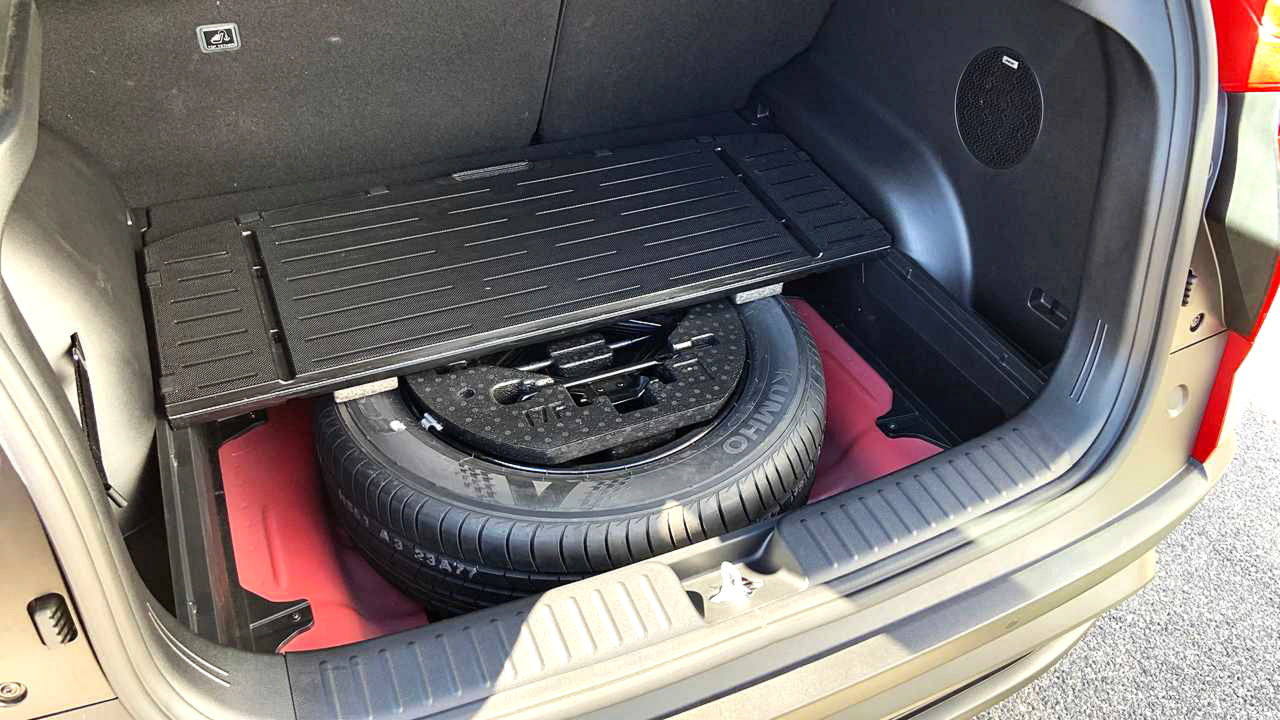
And that’s all, without frills like storage systems or a fifth door servo. But even a tall person can stand proudly under it, without bending down and not risking getting a protruding lock on the top of his head.
A few words about practicality
Here all the news with a plus sign. Due to the extended wheelbase, the rear became even more spacious, although the former Creta was considered one of the most spacious cars in its class. Therefore, you sit down behind yourself with such a margin that, if you wish, you can cross your legs. Also, a central armrest appeared on the back row, but, alas, it is not available in the basic and medium trim levels, and rear row heating is offered only from the third configuration. And it is strange that they did not provide for the adjustment of the backrest: during the group test drive, many colleagues thought that it was set too sloping. To be honest, taking into account the fact that three passengers had to ride behind, it was not possible to relax and feel it. However, it should be noted that we did not feel cramped either.
Trunk volume has increased from 402 to 433 liters, and with the rear seats folded down, it can be increased to 1427 liters. However, these are not entirely correct numbers: if you lift the raised boot floor, you can see that there is still quite a lot of free space around the spare wheel. This is convenient: you can place all the necessary small things like an emergency stop sign, a fire extinguisher, a first aid kit, etc., it will not roll around the trunk and take up space. True, you will have to wrap it in something soft – it’s a pity to scratch the paint on the floor.
Exterior
The appearance of the Creta II generation was developed by the Chinese design studio Hyundai, which did not have the best effect on the design of lighting equipment. The manufacturer admitted that the configuration of the front running lights and taillights was not entirely successful, it is planned to correct the defect as part of restyling. Head optics are offered with halogen lamps (as standard) or with LEDs that are not very bright.
The side of the body did not cause rejection among fans of the South Korean brand. Massive and slightly flattened arches with a plastic frame are organically connected by underlined lines on the sidewalls of the doors. Hyundai Creta’s thin A-pillar with a large angle of inclination does not restrict visibility. The roof has a slight slope towards the rear, but there is no lack of headroom for passengers.
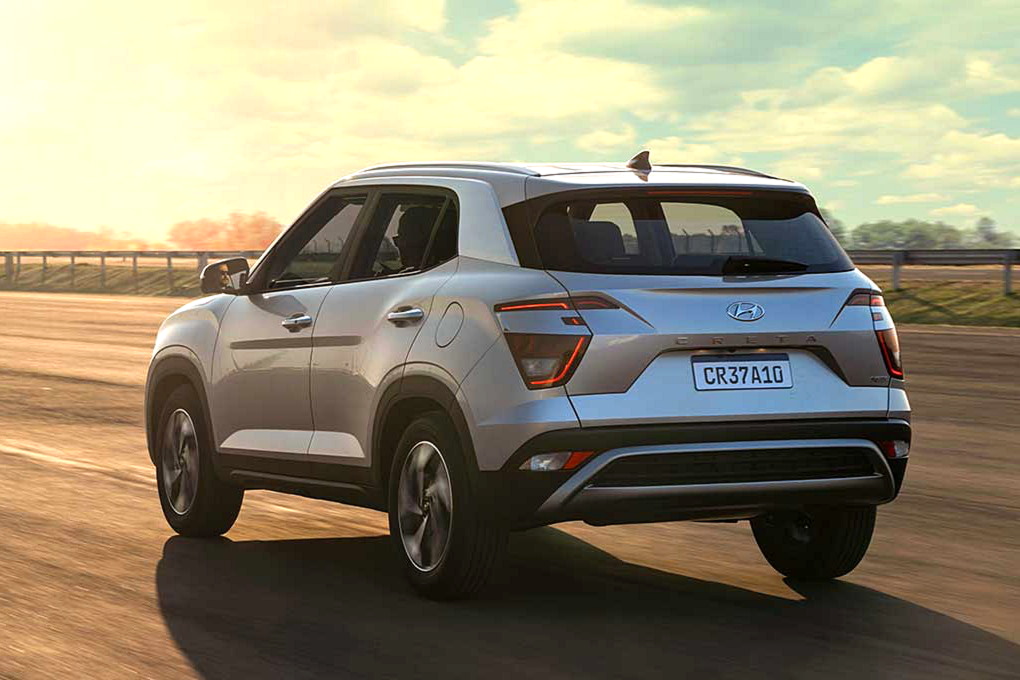
Creta has no basic options
We have already praised Cretu for equipping the budget crossover with modern multimedia, all-round cameras, adaptive cruise, heating of everything and everything, virtual tidying, tlematics, autorun and other really cool options. But not all buyers will be able to take advantage of many of these innovations.
Ordinary inhabitants would be incredibly happy with much more mundane and low-tech trifles – dual-zone climate control (yes, yes, it still doesn’t exist), gas stops for the hood (every car owner often has to fill in the washer), standard engine crankcase protection (from the factory under the motor there is not even a plastic boot) or a banal adjustment of the backrest of the rear sofa. Little things like this really matter!